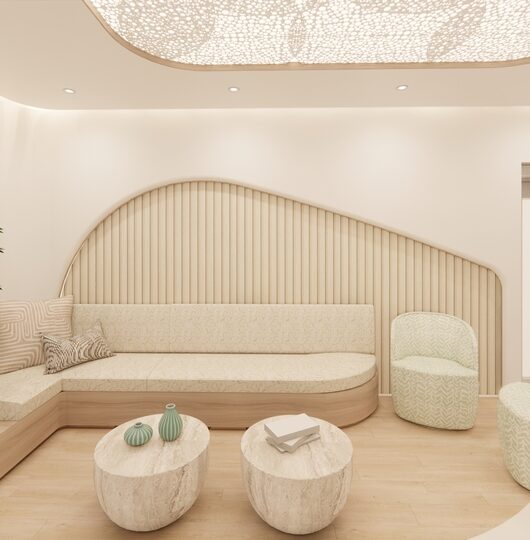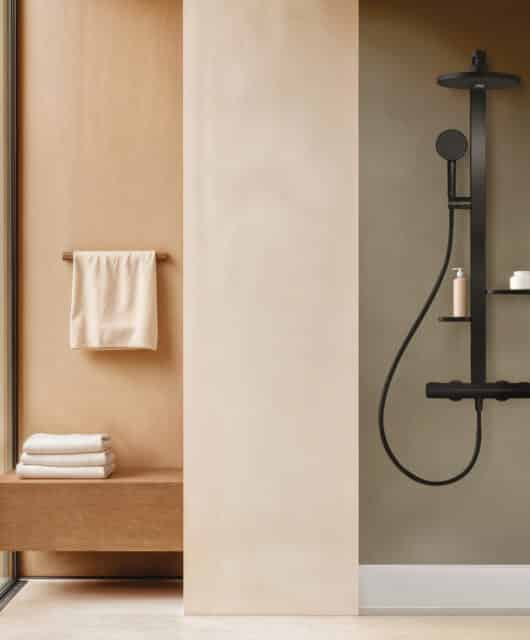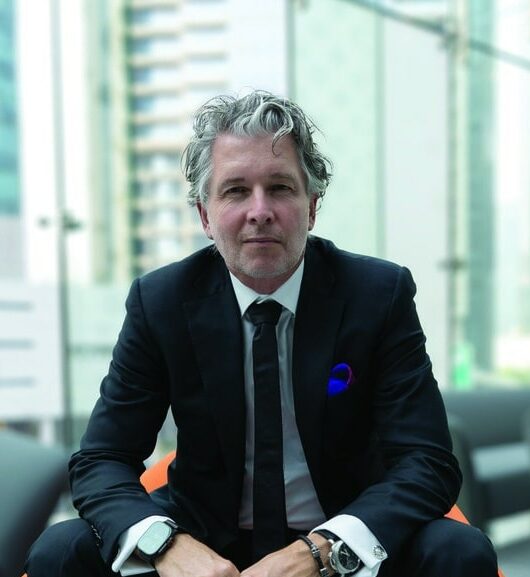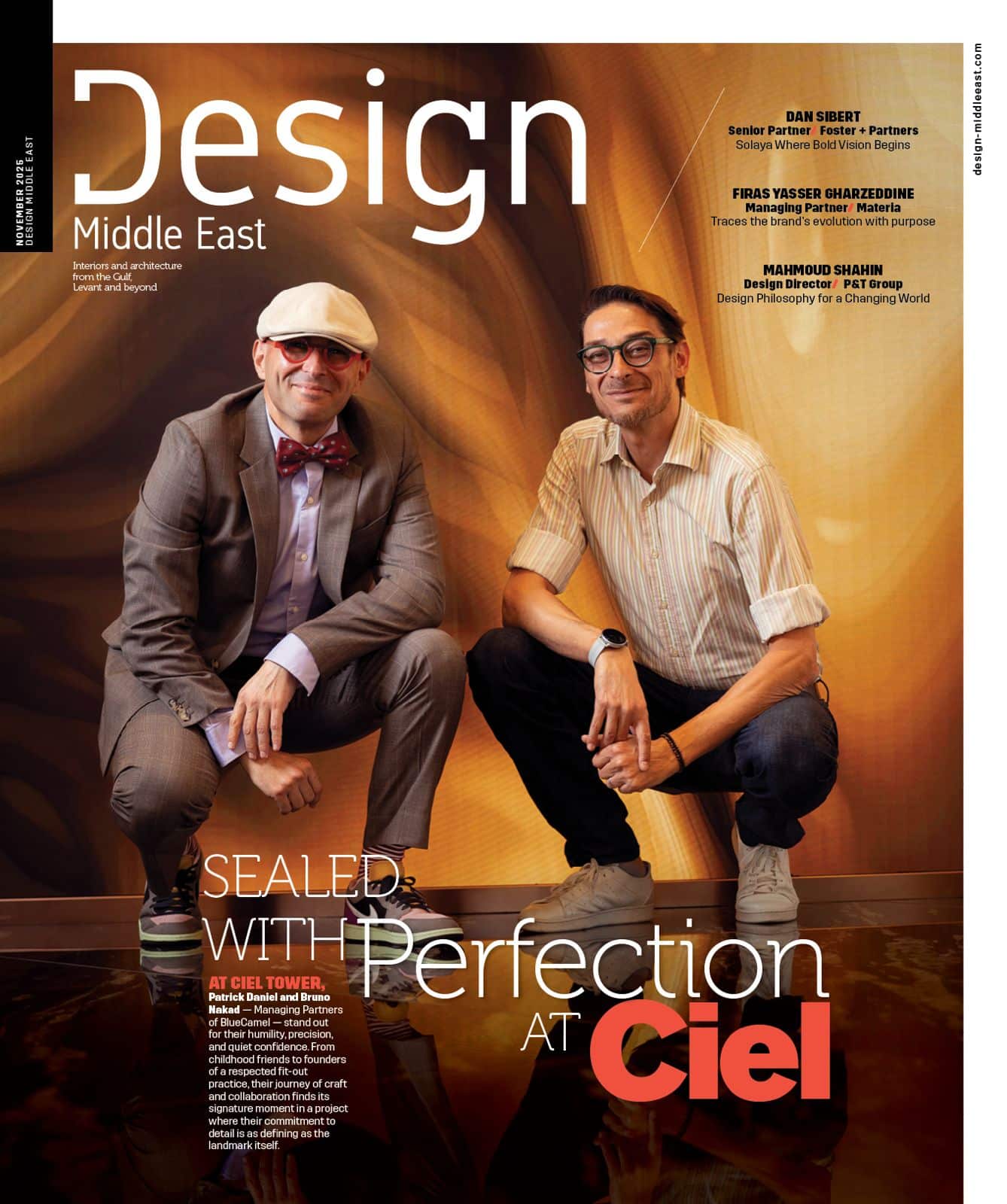The lighter side of design
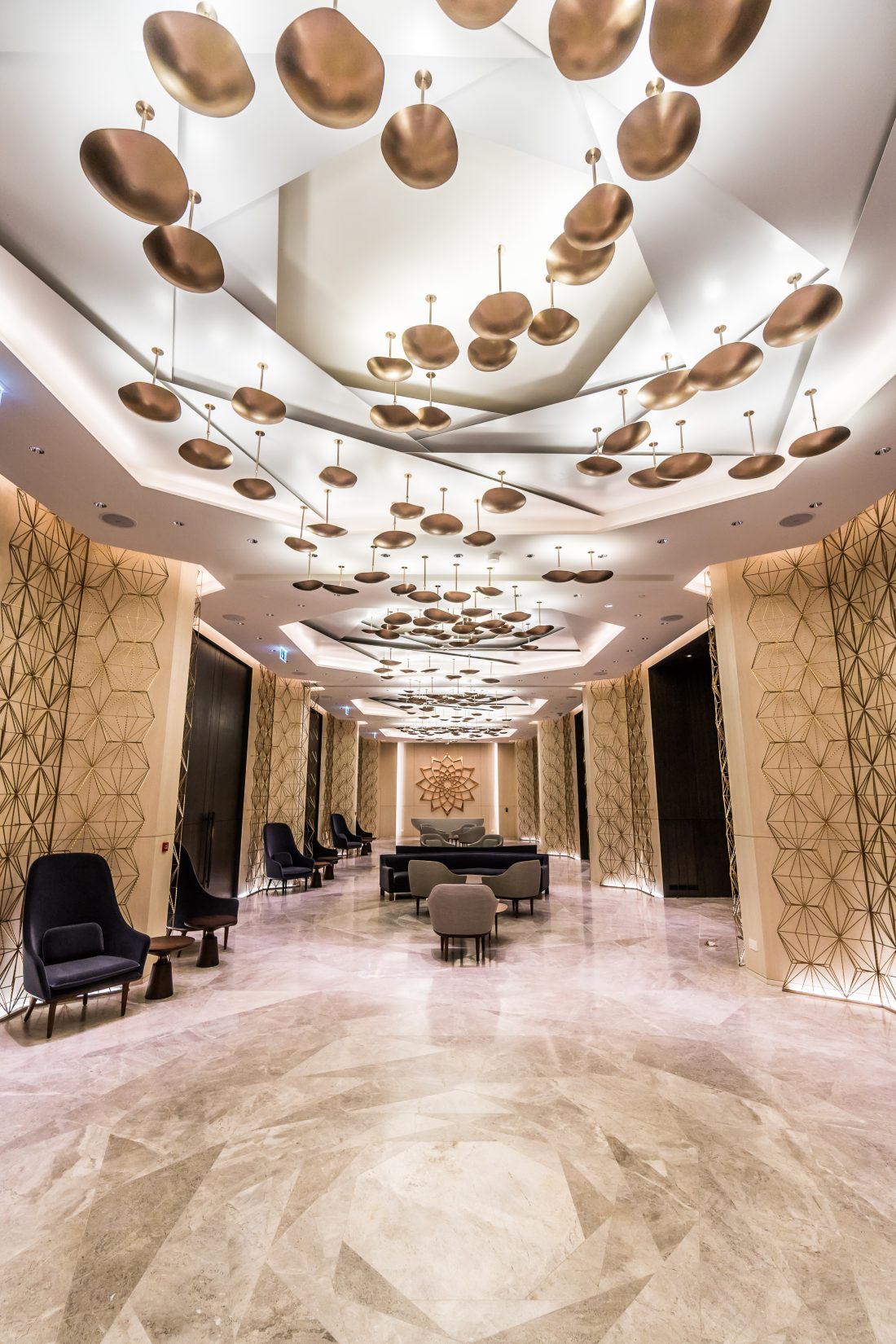 Highlighting the lighting trends, innovations, and pain points of the ever-luminous hospitality sector in the region
Highlighting the lighting trends, innovations, and pain points of the ever-luminous hospitality sector in the region
By Roma Arora
There’s nothing more striking and enchanting than an amazing display of lights blending with the theme of the décor. A well-coordinated lighting system is the true hero of a hotel or restaurant that lays a strong foundation for its success. When it comes to the hospitality sector, lighting is a critical part of the existence of any property. Iconic buildings are known for their immaculate lighting systems, be it iconic Burj Khalifa, stunning Burj Al Arab, or the illuminating J W Marquis Hotel in Dubai. Susann Sonnenberg, regional lead lighting consultant, from Ambiance division of Alshaya Enterprises, describes light as the most important building component in architecture, “Light is considered as the fourth dimension. Light is a function, philosophy, aesthetic innovation, and technology. It combines art with science and creates an ambience.” The brand is currently involved in a variety of different hotel projects such as the Hilton hotel in the Kuwait city.
How to select the right lighting?
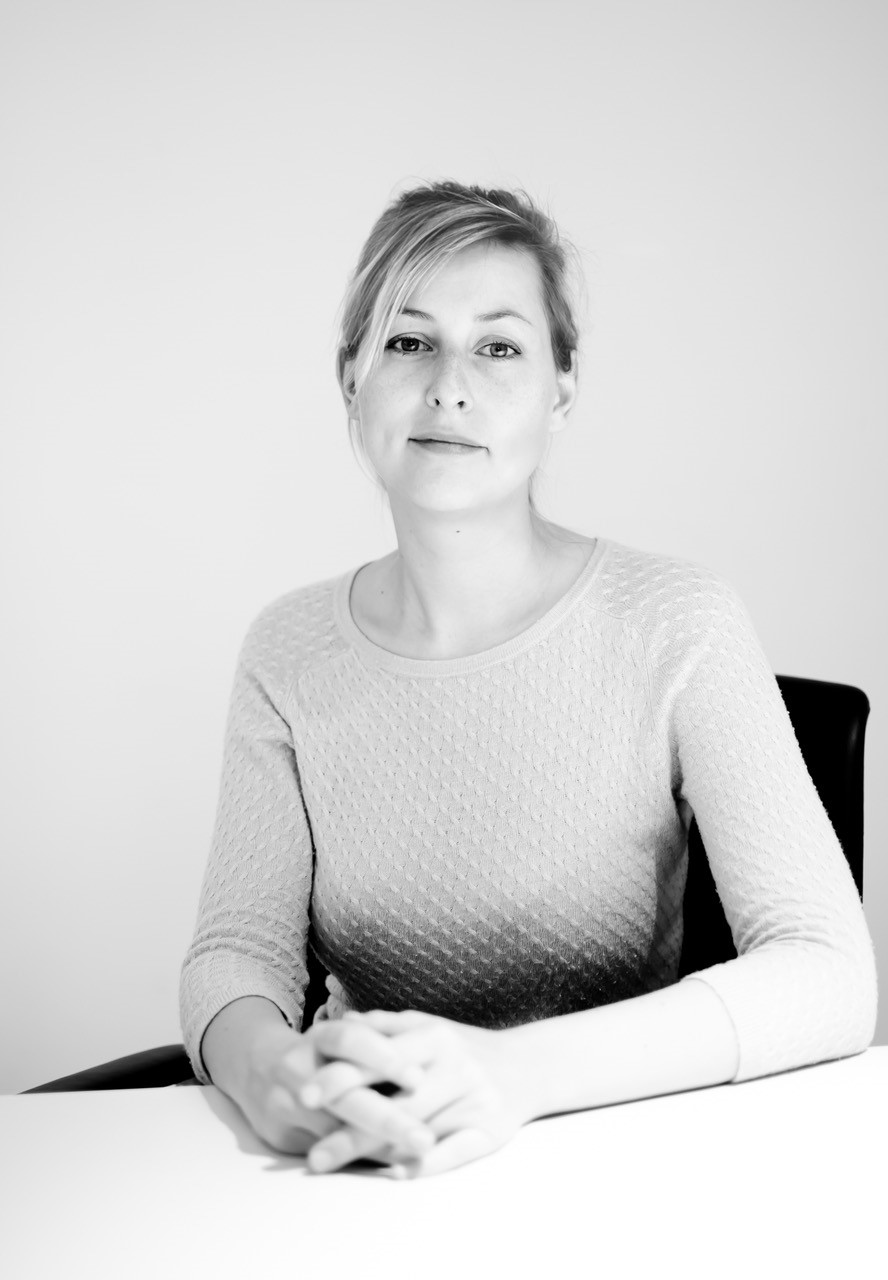
Ambiance division of Alshaya Enterprises
Lighting should be considered as part of the interior decoration, so aesthetics play a key part and they should fit the overall design concept and branding of the hotel. “The key factors that have to be looked at the comfort and well-being of the guests, achieved by the right light levels and illumination. For example, versatility in an allday dining restaurants or automated lighting for spa areas and guestrooms should be taken into account,” suggests Sonnenberg. Hotels have a myriad of areas that require careful consideration and planning for the lighting scheme. As places of work also have to meet the various requirements of law, comply with local building regulations and will require emergency lighting.
Paul Gregory, global specification director for Dyson, advises: “The hotel entrance and reception should be inviting and the lighting plays an essential role in creating the atmosphere. Above all, the public areas need to offer flexibility for the primary usage of space. An adjustable colour temperature fixture, for example, could provide cool lighting during breakfast, whilst in the evening, a warmer light temperature can create a more relaxed atmosphere. Control of the light fixtures also offers the ability to zone out areas when they are not in use. The hallway lighting should be sufficient to get to your room and light the space in an open and welcoming way. Another thing to keep in mind is investing in hi-quality fixtures. The extensive use of light fixtures by hotel guests requires the fixtures to be robust and durable. Check the authenticity of a product and its provenance.”
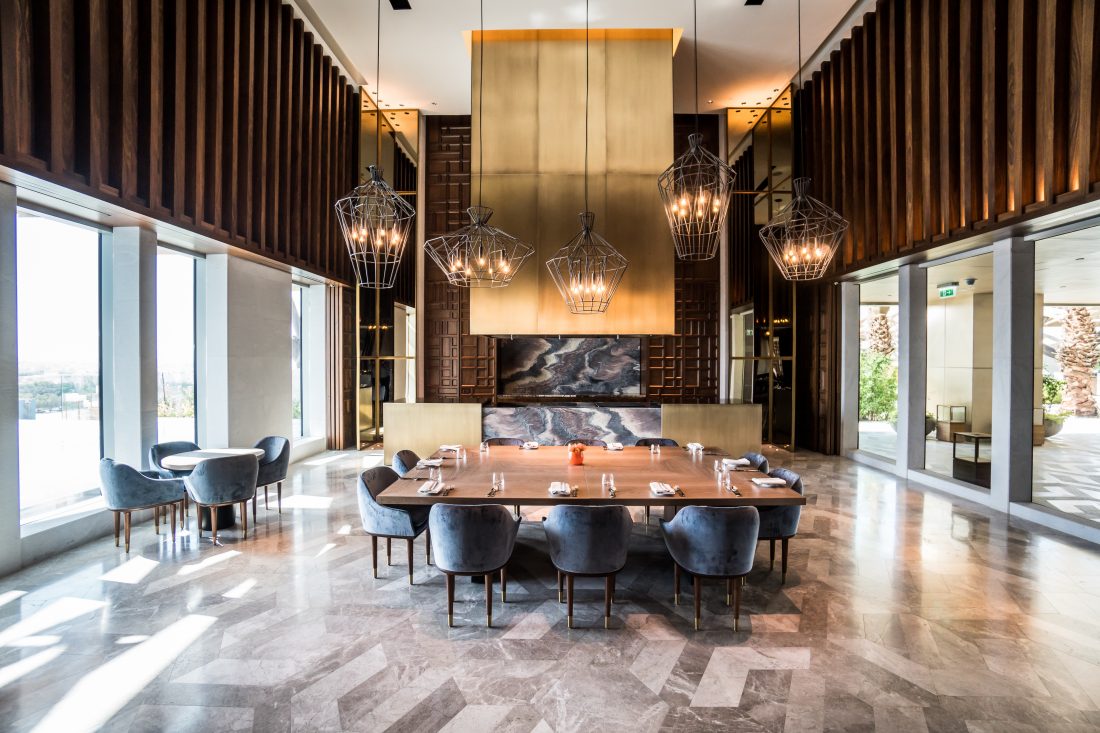
According to research conducted in 2014, guests regularly criticise the lighting quality when giving hotel feedback with many travellers complaining about dim, bad, and sparse lighting in their rooms. Gregory further adds: “The bedroom lighting should serve a multitude of purposes. The lighting needs to be bright enough to work, but also cosy enough to relax. It is therefore important that guests have sufficient fixtures.” One of the most important lights in the bedroom is a reading light or task light; at a minimum, each room should have a desk lamp, freestanding lamp and a decorative table lamp too in the larger rooms. Controls in the bedroom should be simple with a master switch located by the bed to turn everything off.
Technology is a boon!

There is no doubt that technology is key to advancing lighting design to a new level of performance and aesthetics. Eng Reinout Broekers, managing director, XO Lights says: “On the control and management side of light solutions we see a lot of possibilities. The internet of things and smart solutions are also being integrated into the lighting systems. Suddenly it’s not anymore an on/off switch and light. It’s a complete integrated solution with audio, video, security, and temperature control. This requires a very broad knowledge of fixtures, electronics, control gear, dimmers etc.” XO Lights is known for various hospitality projects in the region including Bao Wao and Cocoa Restaurant in City Walk. They are also currently busy finishing the La Mer Lagoon project and the renovation of the Jumeirah Beach Hotel. Leading lighting solution provider
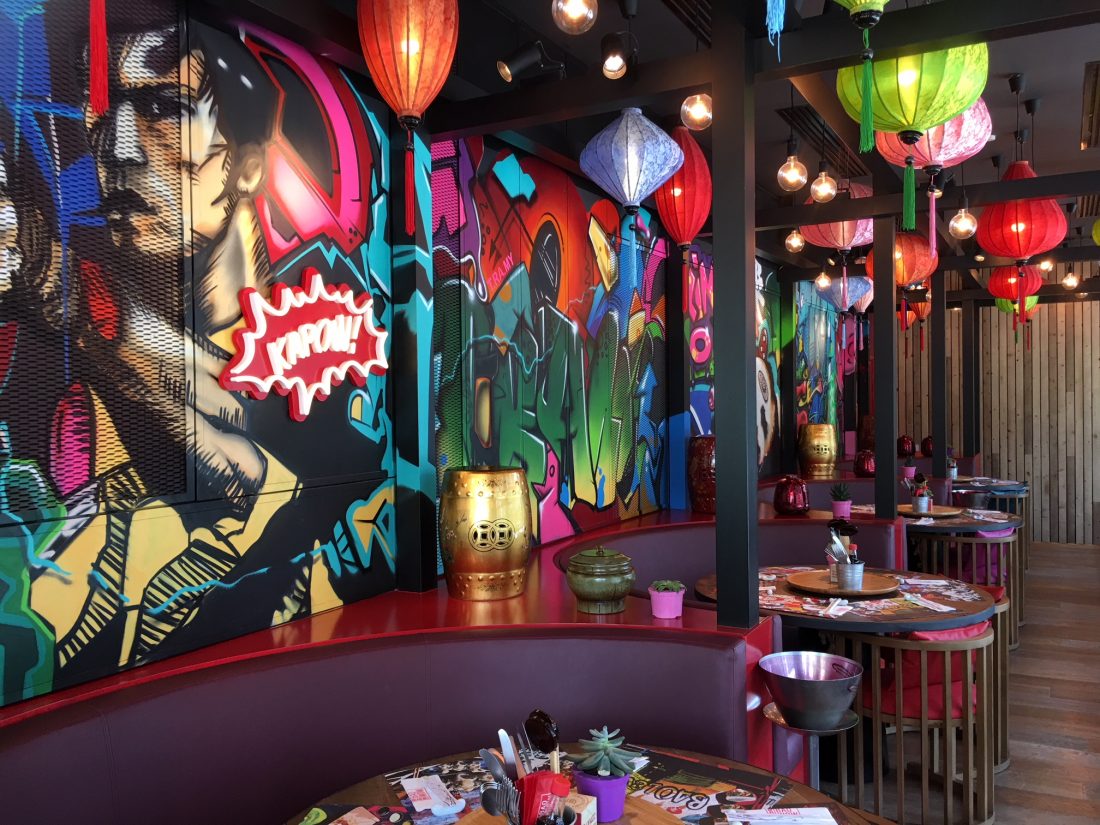
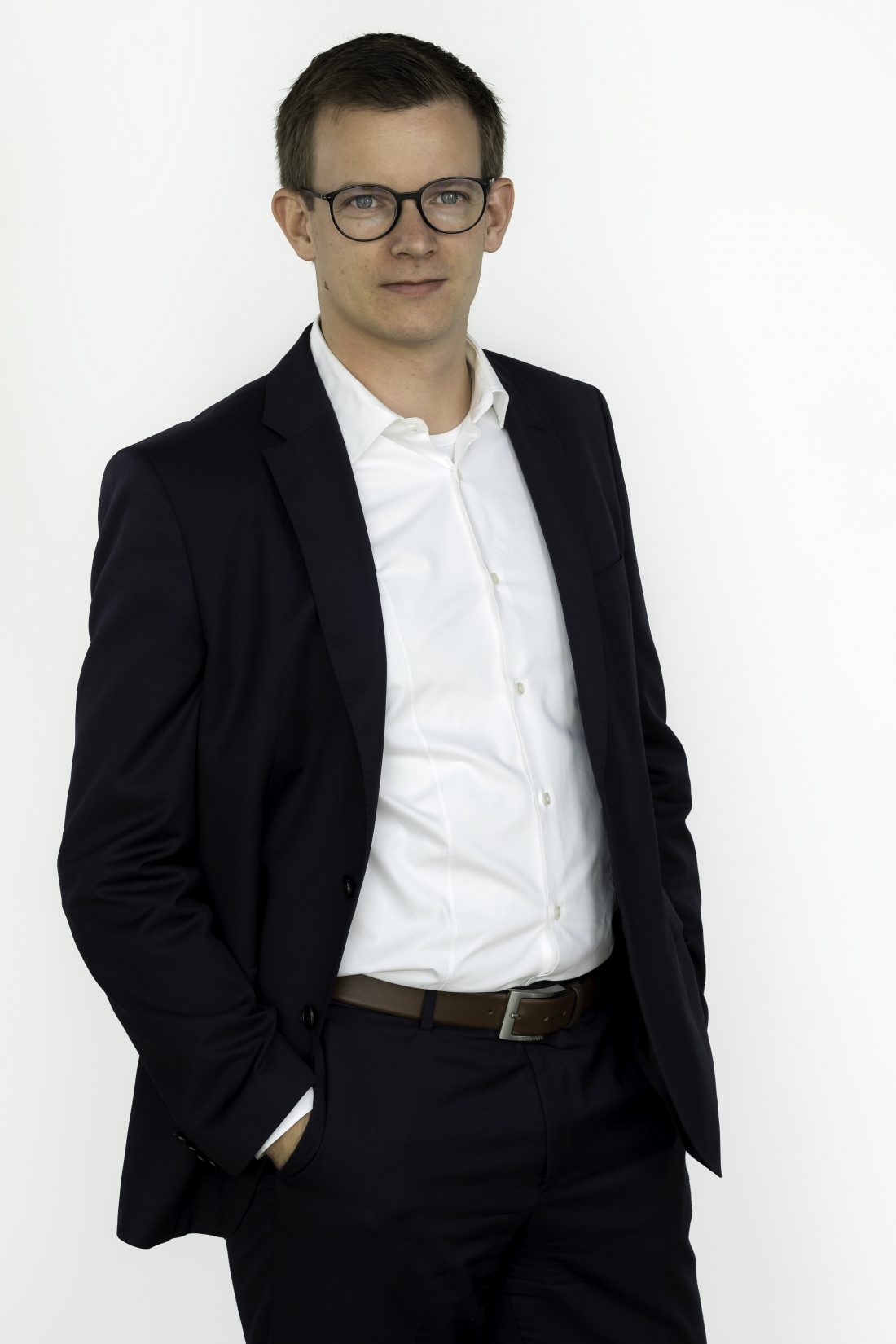
Lasvit has its own own R&D department, which is constantly searching for new technologies that could be implemented in their lighting installations. Tomas Griger, managing director at Lasvit Middle East, says: “We were one of the first companies that introduced kinetic (Alice, Supernova, Dubai Design District) and dynamically illuminated glass art installations (Dubai Opera). We believe that the future is interactivity and there are already several projects in this area where interactive lighting installations by Lasvit will be delivered.” Griger further discusses the level of technology they’re using in their light installations, “ We fit in our installations special sensors and DMX chips. They are more than just lighting. They can interactively react to sound or movement. Some of them can change colour to millions of possibilities from RGB spectrum. Clients can control the installation from the mobile device and play with its light and colours to change the mood of the space. The installation can “dance” according to a pre-programmed choreography designed for the given music, or change its colours and intensities.”
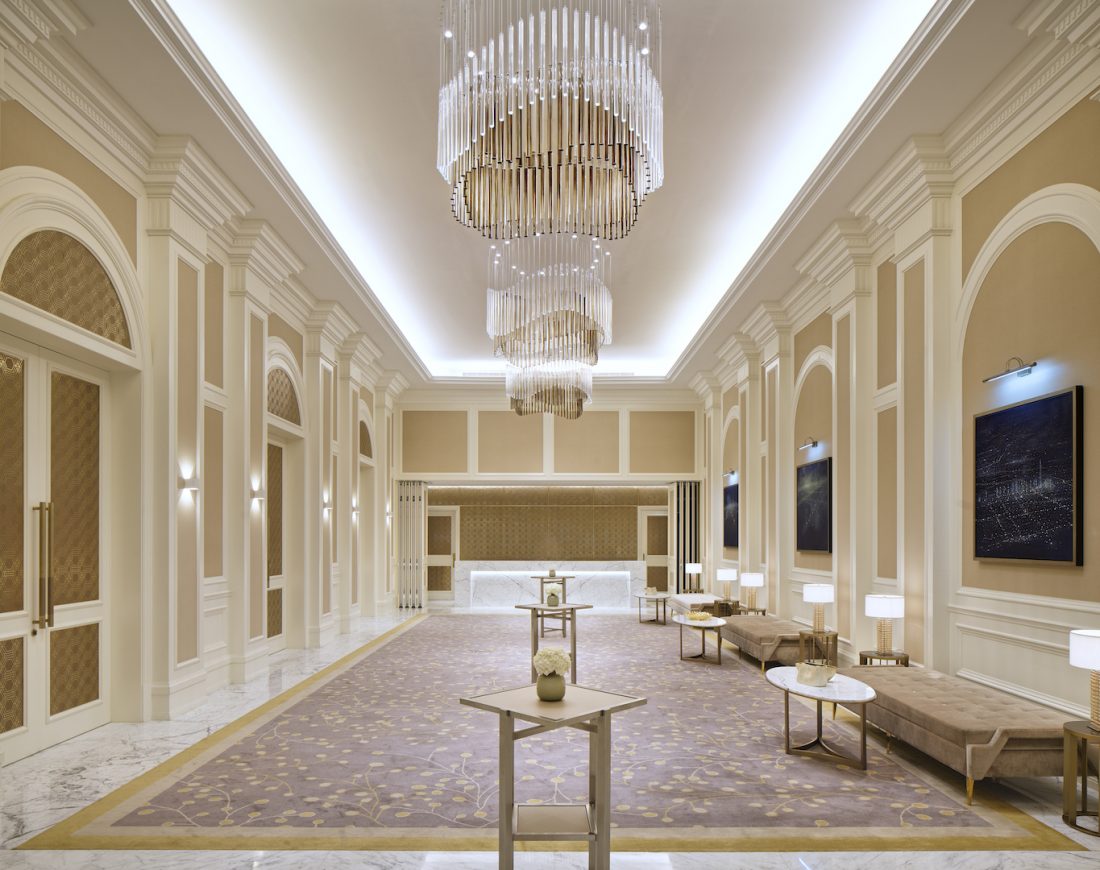
LED and other innovations
On the design side of things, a lot of new solutions have become possible because of the size and flexibility of LEDs. “An example, for instance, is the amount of LED strips that are integrated into solutions. So, it seems a project is not complete without a lot of strips in the furniture, coves, and backlighted surfaces. This is also the fun challenge; to get the design right and then to get it properly fixed. By far the majority of our solutions are taking the environment and impact on energy use into account. On the innovation front, we have also set-up a division called Xo Controls to cater to the practical demand for automation of complete solutions,” says Broekers.
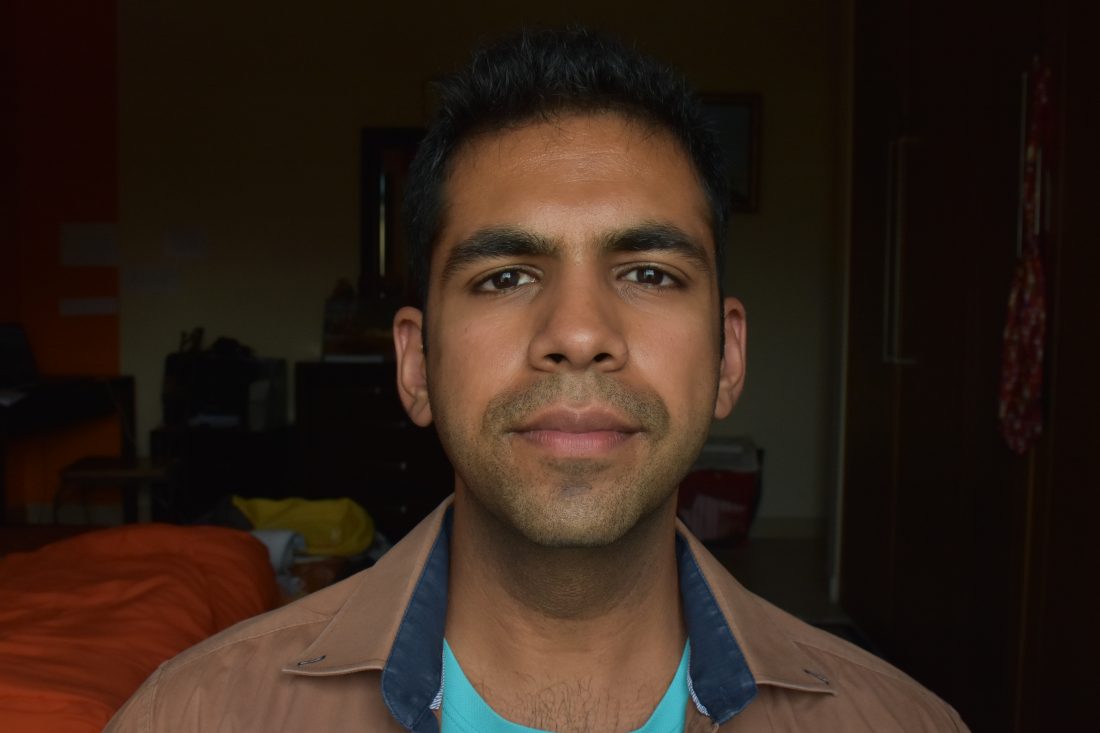
Most of the lighting companies are stressing upon LEDs as much as possible like for Lasvit, almost all their lighting collections are fitted with LED sources with energy label A+ or A++. Kush Suneja—business and design development team from Murano Lighting, says: “We are maximum working with LED technology only, it results in 95% of energy saving. We offer a range of innovations such as contractor-friendly clean recessed lighting profile installation, needle thin narrow beam luminaires, remote control adjustable track lights, step lights with built-in motion and photo detectors. ” Some of the major projects associated with the brand is that of Gevora Hotel, The Address Fountain View at Downtown, Fairmont Hotel in Abu Dhabi, Marriot Hotel in Abu Dhabi, and Ritz Carlton in Abu Dhabi. The challenging part! One of the main paint points for most of the service providers or the lighting suppliers is to meet the budget with keeping a reasonable design and specification in place. “To keep up with all the possibilities and solutions is a major challenge as this does not always pay off on the short run and does require investment in travelling, visiting fairs and factories, sampling, and testing products. This is not always appreciated and understood by clients,” adds Broekers.
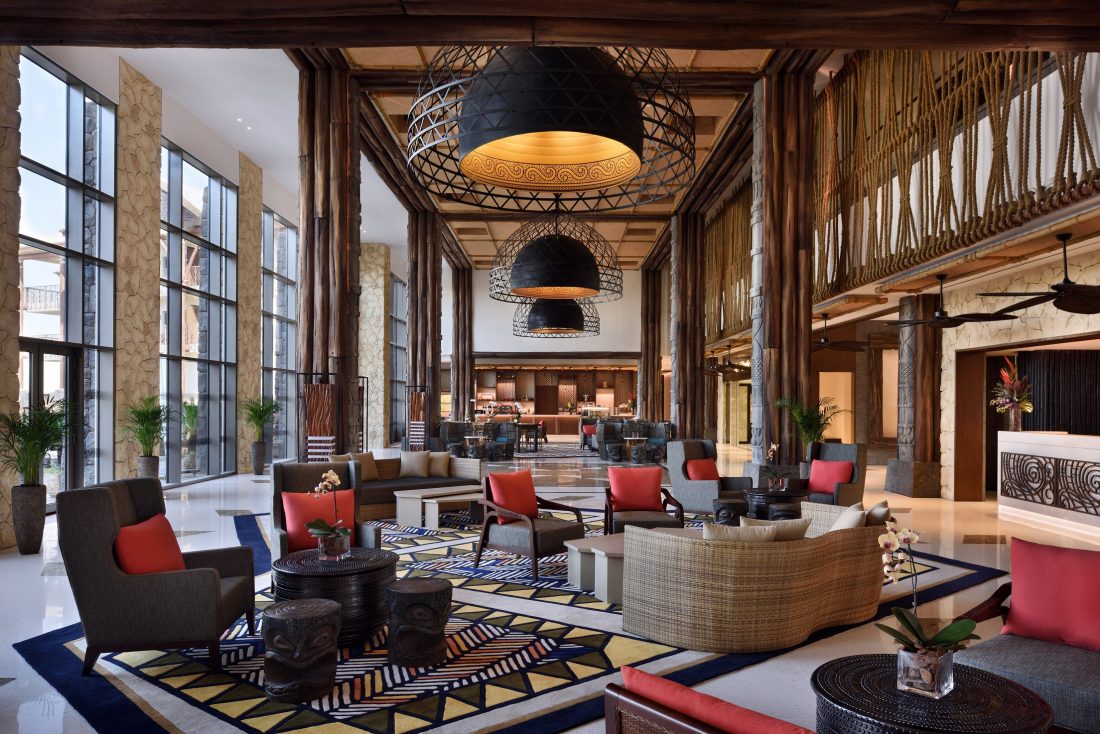
Sonnenberg adds: “Tight deadlines and budgets can be very challenging, as well as the lack of awareness considering lighting as an added value in the space design.” Griger feels that the construction sector is constantly under pressure and meeting the schedule and budgets is always a big challenge. “We are usually one of the last suppliers on site and if the project is delayed, then all pressure is upon us. Lighting is usually one of the last major packages, that has to be procured and many clients are already over the budget at this stage.”
What is most note-worthy here is that lighting solution providers have the technology, modern products, and all the eco-friendly ingredients to make a project success, considering a separate lighting budget and a schedule is allocated. If not the first, but lighting should not be the last priority for the project planners.

